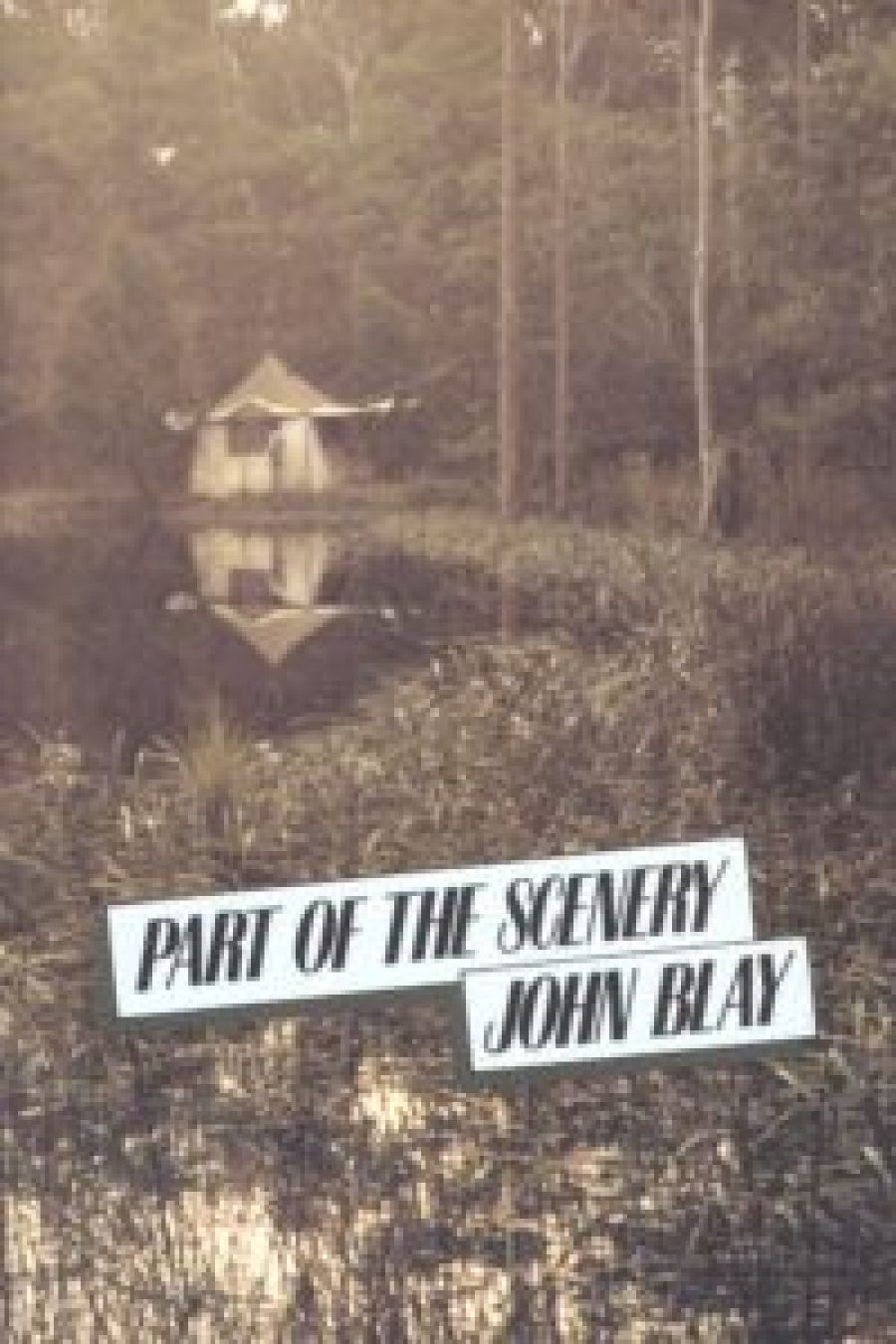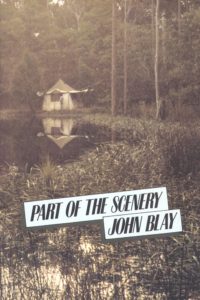
- Free Article: No
- Contents Category: Fiction
- Review Article: Yes
- Article Title: A collapsing tent of narrative
- Online Only: No
- Custom Highlight Text:
I occasionally still deliver a lecture I first gave in 1966 though with appropriate variations. One version was published in Quadrant, March-April 1974. There I describe our long tradition of documentary writing or, as H. M. Green called it, “applied writing”.
One of my arguments that I expanded in a series of unpublished lectures was, and is, that from the earliest white settlement to now, writers in this country, and indeed in America and other new world colonies, devoted, and still devote, time and skills to describing matters that older cultures and places take more for granted. I think this tradition delayed the writing of good novels in Australia and also accounts for certain early Australian novels, and indeed novels as late as the 1930s, being over-weighted with descriptions and explanation. It takes time for the generality of authors to find voices to express inner scenery in an external fashion.
- Book 1 Title: Part of the Scenery
- Book 1 Biblio: Penguin, McPhee Gribble, 147pp., $6.95 pb
- Book 1 Cover Small (400 x 600):

- Book 1 Cover (800 x 1200):

In Australia successors to early chroniclers like Tench or, later, Banfield et al are, for instance, Douglas Stewart (Seven Rivers) or Eric Rolls in virtually all his splendid works. Authors of this calibre show how flexibly natural history and landscape material can be used. Their best examples are high literature.
Granted this tradition I cannot think why the cover blurb of John Blay’s book talks of it as “being in the tradition of Thoreau’s Walden – yet as utterly Australian as the scenery it celebrates.” Local comparisons would have been more valid and fairer to Blay who is, whatever his virtues, no Thoreau. Nor was his dam at Umbi-Gumbi on the South coast of New South Wales a Walden pond.
John Blay was born in 1944. In 1981 he held the first joint annual award made by the Literature Board and the National Parks and Wildlife Service. Part of the Scenery however is not the book written on that grant, but on an earlier Literature Board Fellowship. The Parks Writers book. The Back Country will be his next publication.
Blay then may exemplify some of the writers who have had considerable support from the Literature Board over the past decade. He is a poet, and also a writer for radio, and grants have enabled him to write consistently for some years. This is admirable, for he was a promising young writer who is now an established, and good one.
If I do not wholly praise this work my reservations are not on the score of Blay’s vision and imagery, or his actual prose. Of his generation he is laconic where earlier nature writers, say Banfield, were fruity. Sometimes, as in the section on the forest, his ideas are memorable and his prose matches them.
My complaints are not about the flesh, but the bony skeleton: architecture and story-telling. Even the tent in which Blay lived to observe and write most of this book must have been better constructed and on sounder principles else it would have collapsed in the first wind or rain. The arrangement is in loosely thematic chapters, a device that, as handled here, is confusing. It almost completely negates chronology and that is irritating in a work that deals with people and events over many years, as well as with birds and beasts. It also leads to considerable repetition.
For instance, when one least expects it up pops another reference to marital differences, or a marsupial mouse. Now marsupial mice (their name is antechinus as Blay reminds us far too often), do make strange, and even symbolic appearances in any area they inhabit. They follow oddly random behaviour patterns, at least when they come into contact with outer suburban Hippie visitors etc. etc. would all be more effectively presented in logical sequences and as part of the story that lurks behind this account and can be found, like a mouse nest, if you look for it hard enough.
A story-teller also lurks within Blay and tries desperately to get out, but whenever he almost emerges he is squashed by a cerebral alter ego. Why? And what a pity, for Blay’s loftier ideas are seldom either original or profound whereas what he sees, hears, says and does can be absorbing, as when he mends a fractious pump or notes the ways of coastal salmon or chronicles (but all over the place like a collapsed tent) the sad and sorry story of his friend Michael.
Some friends and I recently talked about A.B. Facey’s A Fortunate Life, Duke Tritton’s Time Means Tucker and other comparable books that present events and stories with Virgilian immediacy. In an ironic way it might seem that those men were indeed fortunate; their lack of much formal education left their minds uncluttered by other people’s ideas or notions and theories about Literature with a capital L. They lived perfectly unselfconsciously as part of the scenery of their times, and consequently not only lived their stories, but told and tested them to many audiences before they ever put pen to paper. Therefore, in what they published, to the power of thought is added the power of an authentic voice.
I believe that the voice behind any worthwhile book is one of the factors that makes it good whether it belongs to, say, Rudyard Kipling, Patrick White or Eudora Welty. As Part of the Scenery progresses Blay does seem to be establishing a voice that allows him to tell a story, and therefore I look forward to his next work for it will, of its nature I imagine, have a tauter and shorter time span and firmer architecture.


Comments powered by CComment